Software
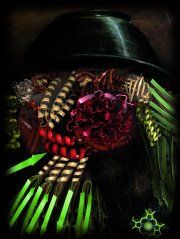
ARCIMBOLDO
Ab Initio macromolecular phasing has been traditionally limited to small proteins at atomic resolution (1.2Å or better unless heavy atoms are present). ARCIMBOLDO constitutes a general method for 2Å data, based on combination of location of model fragments like small ?-helices with PHASER and density modification with SHELXE, distributed over a grid of computers.
Atomic Simulation Environment (ASE)
The Atomic Simulation Environment (ASE) is a set of tools and Python modules for setting up, manipulating, running, visualizing and analyzing atomistic simulations.

ATSAS
ATSAS is a program suite for small-angle scattering data analysis from biological macromolecules. It includes multiplatform data manipulation and displays tools, programs for automated data processing and calculation of overall parameters, usage of high- and low-resolution models from other structural methods, algorithms to build three-dimensional models from weakly interacting oligomeric systems and complexes, and enhanced tools to analyse data from mixtures and flexible systems.
BINoculars
BINoculars is a tool for data reduction and analysis of large sets of surface diffraction data that have been acquired with a 2D X-ray detector. The intensity of each pixel of a 2D-detector is projected onto a 3-dimensional grid in reciprocal lattice coordinates using a binning algorithm. This allows for fast acquisition and processing of high-resolution datasets and results in a significant reduction of the size of the dataset. The subsequent analysis then proceeds in reciprocal space. It has evolved from the specific needs of the ID03 beamline at the ESRF, but it has a modular design and can be easily adjusted and extended to work with data from other beamlines or from other measurement techniques.
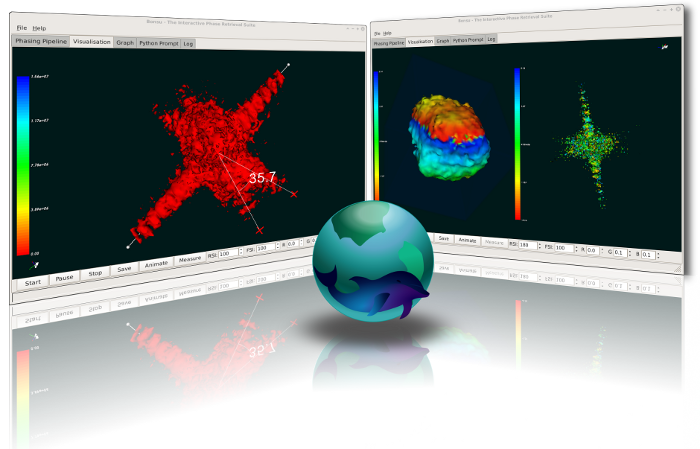
BONSU
Bonsu is an interactive phase retrieval suite, designed for phase retrieval with real-time visualisation in both two and three dimensions. It includes an inventory of algorithms and routines for data manipulation and reconstruction.
BornAgain
BornAgain is a software package to simulate and fit small-angle scattering at grazing incidence. It supports analysis of both X-ray (GISAXS) and neutron (GISANS) data. Its name, BornAgain, indicates the central role of the distorted wave Born approximation in the physical description of the scattering process. The software provides a generic framework for modeling multilayer samples with smooth or rough interfaces and with various types of embedded nanoparticles.
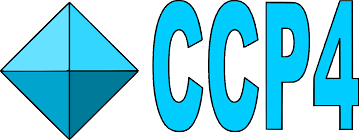
CCP4
CCP4 is an integrated suite of programs that allows researchers to determine macromolecular structures by X-ray crystallography, and other biophysical techniques. CCP4 aims to support the experimental determination and analysis of protein structures.

Crispy
Crispy is a modern graphical user interface to simulate core-level spectra using semi-empirical multiplet approaches.

CrystFEL
CrystFEL is a suite of programs for processing diffraction data acquired "serially" in a "snapshot" manner, such as when using the technique of Serial Femtosecond Crystallography (SFX) with a free-electron laser source. CrystFEL comprises programs for indexing and integrating diffraction patterns, scaling and merging intensities, simulating patterns, calculating figures of merit for the data and visualising the results. Supporting scripts are provided to help at all stages, including importing data into CCP4 for further processing. [From: the Website]
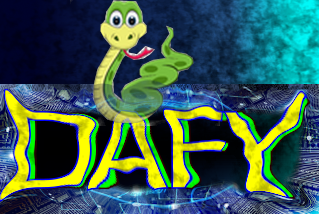
DaFy
DaFy, short for Data Analysis Factory, is a software package that contains a bunch of PyQt5 based GUI applications for processing synchrotron X-ray data.
dahu
Data Analysis RPC server over Tango Dahu is a lightweight plugin based framework... ... technically a JSON-RPC server over Tango * plugin can be class or can be generated from state-less function * a plugin is executed within a job, each job lives in its own thread. * plugins have empty constructors plus 4 methods (or more) - setup allows to set the input parameters. It performs sanitization if needed - process does the taff - teardown sets the output and the logging and cleans up if needed - abort can be used to stop the processing if a plugin is a daemon. * the job is responsible for serializing on disk the plugin input and output * jobs can be launched using the tango interface (or other ...) * plugins have a single input and output, they are simple JSON-serializable dictionaries.
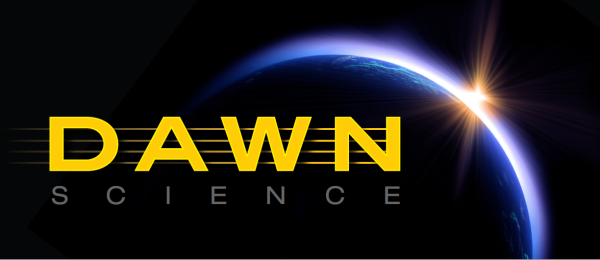
DAWN
DAWN, the Data Analysis WorkbeNch, is an Eclipse based application for scientific data analysis. It comes with a range of tools for visualization (1D, 2D and 3D), code development environments (for Python, Jython and Eclipse plug-ins) as well as processing workflows with visual algorithms for analyzing scientific datasets. It is primarily developed at Diamond Light Source, but external contributions are most welcome! DAWN is distributed freely and is released under the Eclipse Public License.

DIALS
The DIALS project is a collaborativeproject to develop diffraction integration software. There are three end goals: to develop an extensible framework for the development of algorithms to analyse X-ray diffraction data; the implementation of algorithms within this framework and finally a set of user facing tools using these algorithms to allow integration of data from diffraction experiments on synchrotron and free electron sources.

DiffPy-CMI
DiffPy-CMI is a library of Python modules for robust modeling of nanostructures in crystals, nanomaterials, and amorphous materials. The software provides functionality for storage and manipulation of structure data and calculation of structure-based quantities, such as PDF, SAS, bond valence sums, atom overlaps, bond lengths, and coordinations. Most importantly the DiffPy-CMI package contains a fitting framework for combining multiple experimental inputs in a single optimization problem.

Dyna
DYNA (or "Dynamic x-ray reflectivity (off-or-on resonance regime for isotropic, anisotropic and magnetic multilayers) simulation program") is a simulation tool to analyze structural, magnetic and electronic profiles along the growth direction of ultrathin layers. It simulates conventional x-ray or optical reflectivity, resonant (or "anomalous") x-ray reflectivity, "orbital reflectometry", magnetic resonant x-ray reflectivity with applications to magnetic or anisotropic layers, in hard or soft matter. Dyna is an on-going open-source project, that uses Matlab environment, the move to Python + Qt being in progress.

